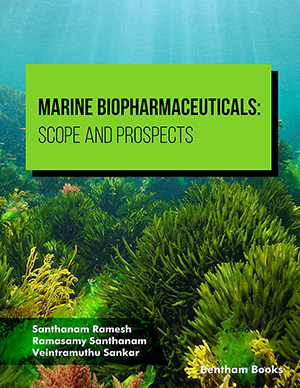Abstract
Objective: Polyphenols extracted by table grape have been demonstrated to decrease cell proliferation in vitro and to exert anti-atherosclerotic and antithrombotic activities, regulating cell functions. A grape polyphenolic profile is affected by climate as well as a grape cultivar. This study was aimed to characterize the berry skin polyphenolic composition, antioxidant activity and antiproliferative properties of two black grape cultivars, Autumn Royal and Egnatia.
Methods: The phenolic composition of Grape Skin Extracts (GSEs) was determined by HPLC analyses. The antioxidant activity was determined using DPPH, ABTS and ORAC tests. Caco2, HT29 and SW480 human colon cancer cell lines were used to test the effects of GSEs in vitro. Cell proliferation and cell cycle were assessed with the MTT method and a Muse cell analyzer, respectively. qPCR and Western Blotting analysis were used to evaluate gene and protein expression, respectively.
Results: The total polyphenolic content and the total antioxidant capacity were significantly higher in Autumn Royal than in Egnatia. However, table grape Egnatia showed greater ability to affect cell proliferation and apoptosis, as well as to exert a growth arrest in the S phase of the cell cycle, particularly in the Caco2 cell line.
Conclusion: These data suggest that the new grape variety Egnatia is an interesting source of phenolic compounds that could be of interest in the food and pharmaceutical industries.
Keywords: Table grape, polyphenols, colorectal cancer, human cell lines, cell proliferation, cell cycle.
[http://dx.doi.org/10.1093/ajcn/78.3.559S] [PMID: 12936950]
[PMID: 10378216]
[http://dx.doi.org/10.3390/ijms13010651] [PMID: 22312277]
[http://dx.doi.org/10.1016/j.bbrc.2006.05.156] [PMID: 16759640]
[http://dx.doi.org/10.3390/nu10111804] [PMID: 30463302]
[http://dx.doi.org/10.1007/s12263-010-0177-7] [PMID: 21437031]
[http://dx.doi.org/10.1007/s11130-015-0518-1] [PMID: 26547323]
[http://dx.doi.org/10.1002/ptr.5644] [PMID: 27196869]
[http://dx.doi.org/10.1002/ptr.6168] [PMID: 30088293]
[http://dx.doi.org/10.3390/molecules24030612] [PMID: 30744145]
[http://dx.doi.org/10.1111/jfbc.12626] [PMID: 31353617]
[http://dx.doi.org/10.2174/157489210790936261] [PMID: 20088766]
[http://dx.doi.org/10.1093/carcin/bgm045] [PMID: 17331955]
[http://dx.doi.org/10.1021/jf803407q] [PMID: 19166352]
[http://dx.doi.org/10.1186/s12967-018-1448-0] [PMID: 29558948]
[http://dx.doi.org/10.2174/138161282006140220144411] [PMID: 23701566]
[http://dx.doi.org/10.2174/187152012802650048] [PMID: 22292769]
[http://dx.doi.org/10.1016/j.foodchem.2012.10.132] [PMID: 23692748]
[http://dx.doi.org/10.1016/j.jnutbio.2017.08.012] [PMID: 29040837]
[http://dx.doi.org/10.1016/S0023-6438(95)80008-5]
[http://dx.doi.org/10.1042/cs0840407] [PMID: 8482045]
[http://dx.doi.org/10.1038/nprot.2007.100] [PMID: 17446887]
[http://dx.doi.org/10.1002/jcp.25094] [PMID: 26189725]
[http://dx.doi.org/10.1038/s41598-017-07006-0] [PMID: 28761044]
[http://dx.doi.org/10.1017/S0007114510001522] [PMID: 20540818]
[http://dx.doi.org/10.1016/S0031-9422(99)00513-0] [PMID: 10703063]
[http://dx.doi.org/10.1016/j.nut.2017.06.008] [PMID: 28935150]
[http://dx.doi.org/10.3390/ijms18102050] [PMID: 28946660]
[http://dx.doi.org/10.1016/j.jnutbio.2016.11.007] [PMID: 27951449]
[http://dx.doi.org/10.1371/journal.pone.0105146] [PMID: 25133401]
[http://dx.doi.org/10.1111/j.1476-5381.2009.00341.x] [PMID: 19732064]
[http://dx.doi.org/10.1002/ijc.21083] [PMID: 15880398]
[http://dx.doi.org/10.2147/BCTT.S195800] [PMID: 30936742]
[http://dx.doi.org/10.3390/molecules18010789] [PMID: 23344194]
[http://dx.doi.org/10.1016/j.jcis.2008.03.001] [PMID: 18405913]






























